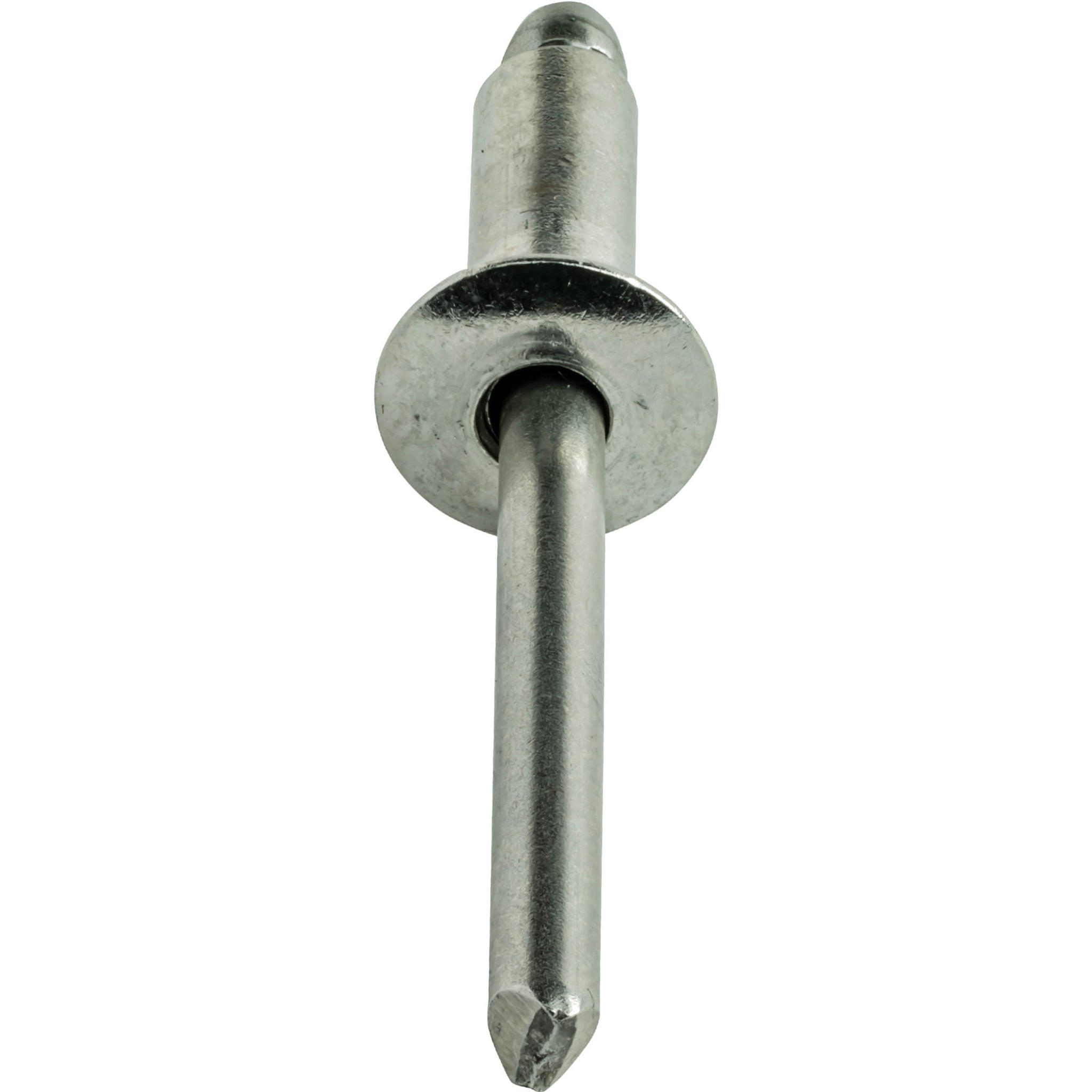

Ideal for projects where access to joints is limited to one side only. Unlike solids rivets, blind rivets can be installed in joints with only one side – making them blind to the opposite’s side.īlind rivets get their name from facts that they can be set completely aside.

The blind end extends, and the mandrel comes off. Blind rivets are inserted into the holes drilled in the parts to be joined, and a special tool is used to pull the mandrel through the body of the rivet. They are ideal for projects that have access. Blind RivetĪs the name suggests, these can be installed completely from one side. Riveting is a forging process that uses power to fix parts together by gripping and engaging with the use of a metal part called a rivet.Īlso, Read: What Are Tyre Sizes? | 13 Different Types of Tyres | Classification of Tyres Types of Rivet: #1. ‘The rivet will be placed in the hole, the tail will be deformed, and the tail part will protrude almost 1.5 times the diameter of its shank. We Burs and chips have to be removed to get a tight plate joint. Although punching is not suitable in large pressure vessels, drilling holes is preferably used.Ĭomings back, the rivet hole is about 1.5 mm larger than the diameter of the rivet. A variety of pressurized methods are used to drill holes in those parts. Although it may be easier for thin plates to punch, it is difficult in the case of thick plates and parts. First, a hole is made or punched in the place or parts that need to be riveted using a rivet.

This is a common process that you may already be aware of. Rivet is one of the popular & known mechanical fasteners.ĭid you happen to see this Everywhere in use, from your little toys to electronic parts: Rivets are handy, replaceable fasteners., It has a head and a tail The tail is the cylindrical part and is semi-circular with heat, a Slightly down-shaped structure obviously, you know how rivets look but read this nonetheless.Īlso, Read: Rivets and Types of Riveted Joints | Advantages of Riveted Joints | Disadvantages of Riveted Joints How Is Riveting Done?
#STEEL RIVET FREE#
They are composed of a prefabricated head and shank, which is inserted into the material to be joined, and a second head which enables the rivet to act as a fastener at the free end by various means known as a setting. To differentiates between the two ends of the rivets, the original’s heads are called the factories heads, & the deformed end is called the shop head or buck-tail. In other words, pounding or pulling creates a new “head” by breaking off the “tail” material flatter on the other end, resulting in a rivet that is roughly the size of a dumbbell. When installing, the rivet is placed in a punched or drilled hole, and the tail is screwed or buckled so that it protrudes to approximately 1.5 times the original shaft diameter, holding the rivet in place. The opposite end of the head is called the tail. Before being installed, rivets consist of a smooth cylindrical shaft with a head at one end. Rivets are non-threaded fasteners typically made of steel or aluminum. A rivet is a permanent mechanical fastener with head-on at one end and a cylindrical stem called a tail at the other that has the appearance of a metal pin.


 0 kommentar(er)
0 kommentar(er)
